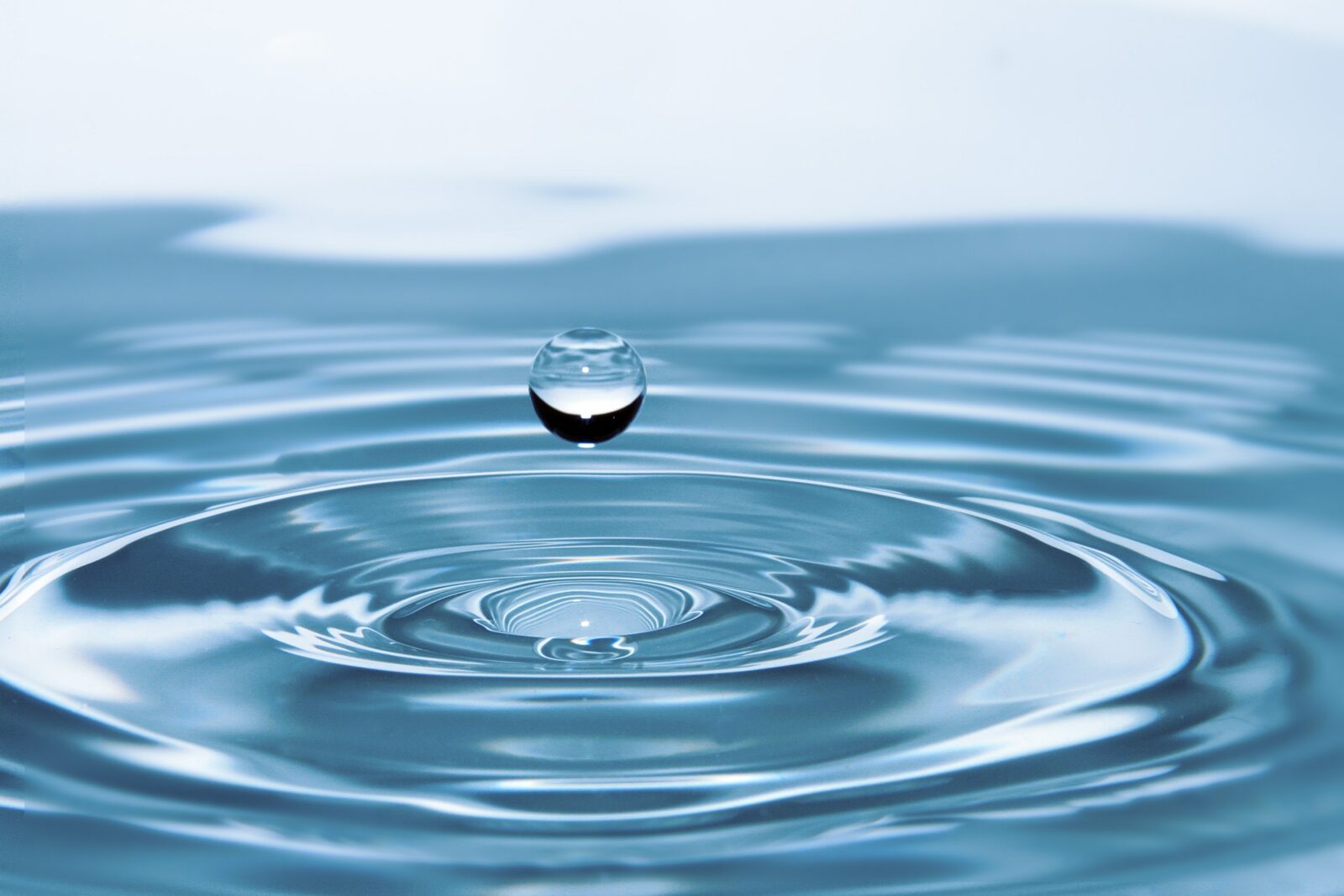
Water covers over 70% of the earth’s surface, and it is required for all known life forms to survive. But, over 2 billion people lack access to clean, safe water. Less than 1% of all freshwater is accessible to humans, and unsafe water kills more people than all forms of violence and war combined.
The earth’s drinkable water sources remain limited, and the challenges to obtain safe drinking water will continue to increase by 2030, when global demand for freshwater is expected to be one-third greater than it is now.
Tap water varies greatly in its purity, pH, chemical constitution, and molecular qualities. Bottled waters also vary greatly. And you will find an endless supply of arguments about what makes the best drinking water and purification systems.
Safe drinking water is essential for life to continue. Traditionally, microbiological quality of drinking water has attracted the most debate, and it is still an ongoing issue throughout the globe. The availability of safe drinking water since the second half of the nineteenth century has contributed greatly to the elimination of the spread of infectious waterborne diseases, such as typhoid fever and cholera.
However, attention towards chemical contamination in ground and surface water has grown together with the knowledge of these toxic chemical compounds and their detrimental health effects.
Members Only Content
To continue reading please subscribe to WellnessPlus by Dr. Jess MD
Be your own best doctor with our comprehensive suite of online health coaching tools.
